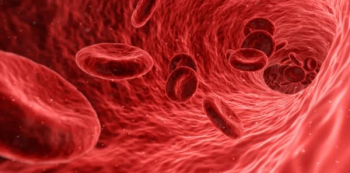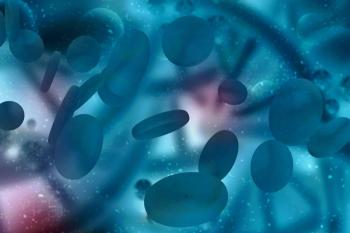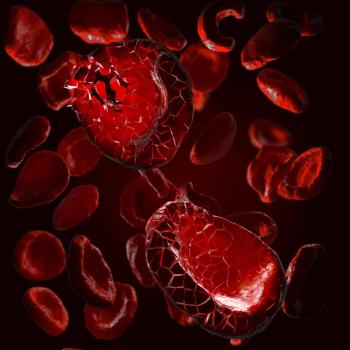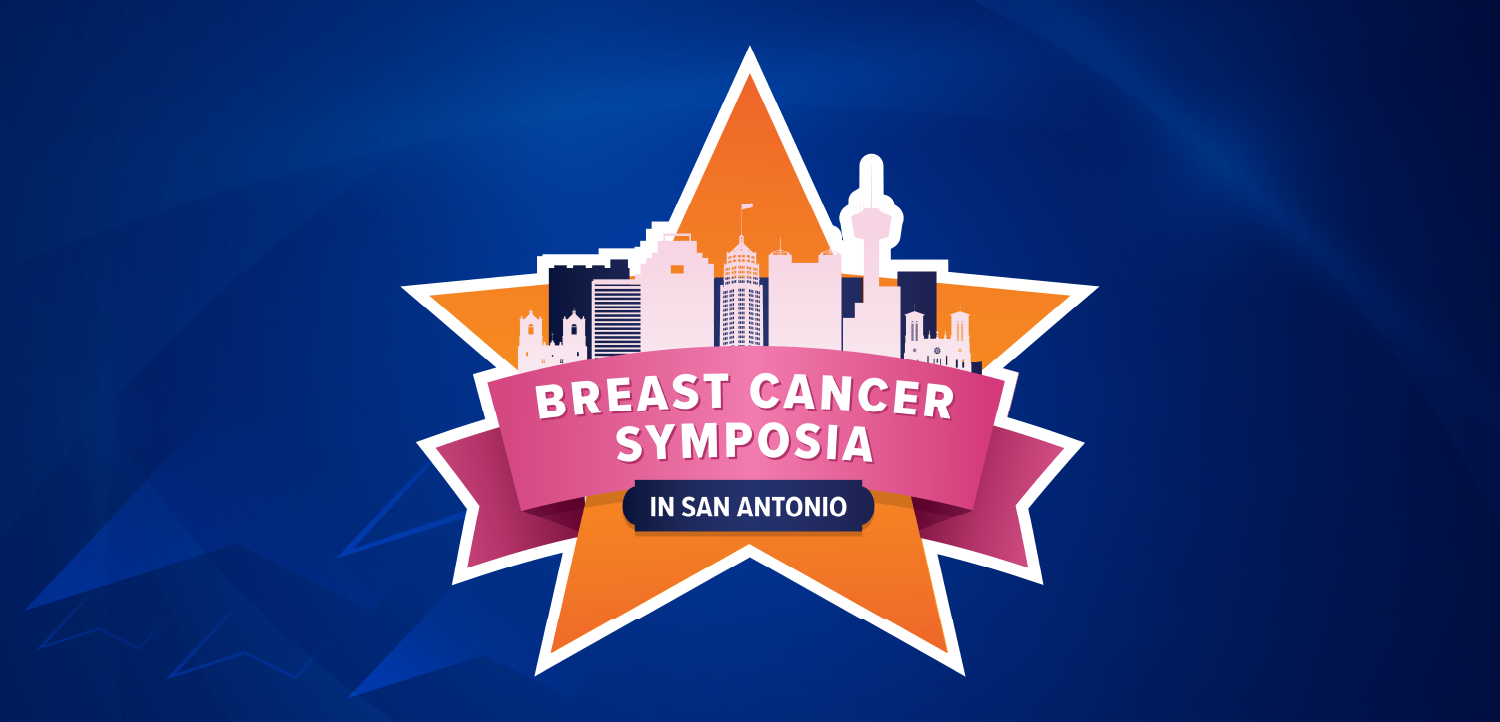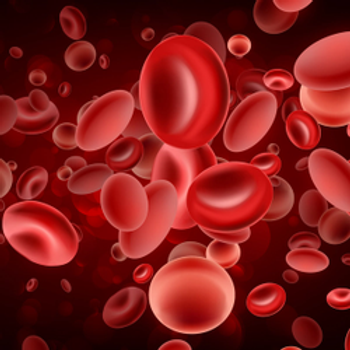
Oncology NEWS International
- Oncology NEWS International Vol 11 No 2
- Volume 11
- Issue 2
Rituximab Ups FCM Response in Indolent Lymphomas
MUNICH-Adding rituximab (Rituxan) increases the efficacy of FCM (fludarabine [Fludara], cyclophosphamide [Cytoxan, Neosar], mitoxantrone [Novantrone]) in relapsed or refractory follicular (FCL) or mantle cell lymphomas (MCL), reported Martin Dreyling, MD. "This is the first randomized study that proves the benefit of rituximab in indolent lymphomas," said Dr. Dreyling, who reported on behalf of the German Low Grade Lymphoma Study Group (GLSG), directed by W. Hiddemann, Munich, at the 43rd Annual Meeting of the American Society of Hematology.
MUNICHAdding rituximab (Rituxan) increases the efficacy of FCM (fludarabine [Fludara], cyclophosphamide [Cytoxan, Neosar], mitoxantrone [Novantrone]) in relapsed or refractory follicular (FCL) or mantle cell lymphomas (MCL), reported Martin Dreyling, MD. "This is the first randomized study that proves the benefit of rituximab in indolent lymphomas," said Dr. Dreyling, who reported on behalf of the German Low Grade Lymphoma Study Group (GLSG), directed by W. Hiddemann, Munich, at the 43rd Annual Meeting of the American Society of Hematology.
Salvage Chemotherapy Plus Rituximab
"Rituximab has shown a high activity in relapsed follicular lymphomas when given alone, and phase II studies indicate that its addition to chemotherapy may further improve the response rate substantially. Since prospective randomized studies have not been available so far, the GLSG started a multicenter national trial in patients with relapsed or refractory FCL or MCL. Since patients were treated for first-line therapy with CHOP (cyclophosphamide [Cytoxan, Neosar], doxorubicin HCl, vincristine [Oncovin], prednisone), the FCM combination was chosen for salvage chemotherapy," Dr. Dreyling said.
The FCM regimen included fludarabine at 25 mg/m² days 1-3, cyclophosphamide at 200 mg/m² days 1-3, and mitoxantrone at 8 mg/m² day 1. This treatment was repeated for four cycles every 28 days.
Seventy-three patients were prospectively randomized to FCM alone and 74 to FCM plus rituximab at 375 mg/m² on the day before FCM therapy. Eighty patients were evaluable for response. This included 43 with follicular lymphomas, 27 with mantle cell lymphomas, and 10 with other indolent lymphomas (lymphocytic lymphomas). The median age was 61 years in the FCM group and 66 in the FCM plus rituximab group. "This was not a good-risk, young patient group," according to Dr. Dreyling.
Interim Analysis
Interim analysis showed a significant difference between the treatment arms. Patients treated with FCM alone had a 53% response rate (15% complete response [CR], 38% partial response [PR],) compared to an 89% response rate in those randomized to FCM plus rituximab (36% CR, 53% PR, P = .000715).
Dr. Dreyling said that an unplanned subgroup analysis showed that both follicular and mantle cell lymphomas had higher responses to the rituximab-containing regimen.
"About half of the patients on both arms had grade 3 or 4 hematologic toxicities, but lymphocytopenia was more severe in the rituximab arm, as would be expected with a lymphotoxic antibody," Dr. Dreyling said.
The study is continuing, but all patients now get FCM plus rituximab and then are randomized either to observation or to rituximab maintenance.
Articles in this issue
almost 24 years ago
R115777 Has Significant Activity in CML and Myelofibrosisalmost 24 years ago
National Cancer Prevention Campaign Discussedalmost 24 years ago
CHOP Plus Rituxan Proves Cost-Effective in B-Cell Lymphomaalmost 24 years ago
Lung Cancer Screening Protocol Moves Forwardalmost 24 years ago
Cancer Prevention Research Hampered by Lack of Biomarkersalmost 24 years ago
Rituximab Improves Efficacy of Chemotherapy for Follicular Lymphomasalmost 24 years ago
Long Survival Confirmed in CML Patients Who Respond to InterferonNewsletter
Stay up to date on recent advances in the multidisciplinary approach to cancer.



